Front Porch Foundation Repair OptionsNot for Porches OnlyFront porch foundation repair options vary depending not only on the type of foundation you have but also the underlying issue.In fact, often times, a foundation crack may not be an issue at all and no action may be required on your part. Knowing all of your options may save you a lot of out-of-pocket expense. Unless you have diagnosed and fixed the underlying cause, many front porch foundation repair options may not last. Many companies offer leveling and stabilizing solutions and can provide effective, although sometimes only temporary, solutions. We'll outline several porch foundation repair solutions below but also highly recommend you review our foundation cracking diagnostic section too. 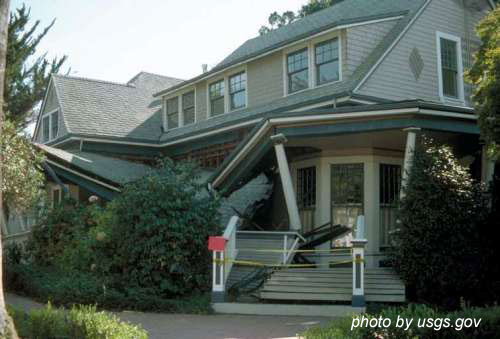
Front porch failureFront Porch Foundation Repair Options and IdeasFoundation and slab settlement issues create potential damage to your porch, deck, or home, accidents, and decrease the value of your home.Don't despair, there are several ways to restore and protect your foundation whether it be concrete or wood. Cosmetic CracksSmall hairline cracks are common in concrete and normally occur in the first year or so after the foundation is poured. Concrete shrinks as it dries creates small visible cracks.Use a quality sealant product such as NP1 (it dries slowly) to seal the crack but ensure the concrete is thoroughly dry and have at least 24 hours to 48 hrs of dry weather. Match the color of NP1 with your concrete, wire brush the surrounding area, and vacuum clean. If you want an invisible patch a decorative concrete professional may be required. The crack will be filled with a concrete patch cement and then stained to match your existing concrete color. This service can cost upwards of several hundred dollars.
Dave's Tip:
To fill cosmetic-type cracks in concrete flooring, I recommend using a self-leveling concrete sealant.
Just fill the crack and let it set for a few minutes to form a really smooth joint.
For larger cracks, fill the joint with lengths of foam caulk-backer to minimize the amount of caulk required.
Mudjacking (also called Slabjacking or Pressure Grouting)
Mary and I have previously used mudjacking to raise both our walkway and porch stoop.
Mudjacking is a common way to level concrete walk ways, steps, porches, or concrete flooring, etc.,
by injecting a cement slurry under the affected area. Effective, it has even been used to repair highways.
|
|||||
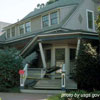 Foundation Expert Advice
Foundation Expert Advice
Listen to our podcast from our expert Moises Cruz.... |
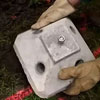 Diamond Pier Foundations
Diamond Pier Foundations
See this innovative way to build a foundation... |
You Are Here:
|

Hi! We're Mary and Dave, lifelong DIYers, high school sweethearts, and we both love porches. You've come to the right place for thousands of porch ideas.
Our Sponsors



End Sponsors
Helpful Links
Enjoy shopping Amazon (affiliate link)Popular Pages
What's NewJoin Our Newsletter Family
Porch Designs
Porch Ideas for Mobile Homes
Build a Porch | Small Porches
Porch Columns | Porch Railings
Screened Porches
Porch Curtains | Porch Enclosures
Porch Landscaping | Vinyl Lattice
Porch Decorating | Porch Ideas
Shop
Navigation Aids
Home | Top of PageSite Search | Site Map
Contact Us
Policies
Disclosure Policy | Privacy PolicyLegal Info
Please Join Us Here Also

Find a Trusted Local Pro
Copyright© 2008-2025
Front-Porch-Ideas-and-More.com All rights reserved.
No content or photos may be reused or reproduced in any way without our express written permission.
At no extra cost to you, we earn a commission by referring you to some products on merchant sites. See our disclosure policy.
We, Front Porch Ideas and More, confirm, as stated on our privacy policy, that we do not sell personal information.
All content here is solely for presenting ideas. We recommend consulting with a licensed, experienced contractor before you begin your project.
We make no guarantees of accuracy or completeness of information on our site or any links to other websites contained here.
Thank you for taking your time to stop by. See what's popular and new here.

Hi! We're Mary and Dave, lifelong DIYers, high school sweethearts, and we both love porches. You've come to the right place for thousands of porch ideas.
--- Cute Mushroom Mug ---

Wouldn't this be an adorable mug for your porch? It's for sale in my Etsy shop!
--- Our Wonderful Sponsors ---



--- End Sponsors ---
Our Newsletter, Front Porch Appeal
Learn more!Thank you for being here!
At no extra cost to you, we earn a commission by referring you to some products on merchant sites. See our disclosure policy.
We, Front Porch Ideas and More, confirm, as stated on our privacy policy, that we do not sell personal information.
All content here is solely for presenting ideas. We recommend consulting with a licensed, experienced contractor before you begin your project.
We make no guarantees of accuracy or completeness of information on our site or any links to other websites contained here.
Front Porch Home | Return to Top
Contact Us | About Us | Advertise with Us | Search | Site Map
Media | Privacy Policy | Disclosure | Legal Notice | What's New
We, Front Porch Ideas and More, confirm, as stated on our privacy policy, that we do not sell personal information.
All content here is solely for presenting ideas. We recommend consulting with a licensed, experienced contractor before you begin your project.
We make no guarantees of accuracy or completeness of information on our site or any links to other websites contained here.
Front Porch Home | Return to Top
Contact Us | About Us | Advertise with Us | Search | Site Map
Media | Privacy Policy | Disclosure | Legal Notice | What's New
No content or photos may be reproduced or copied in any way without our express written permission.
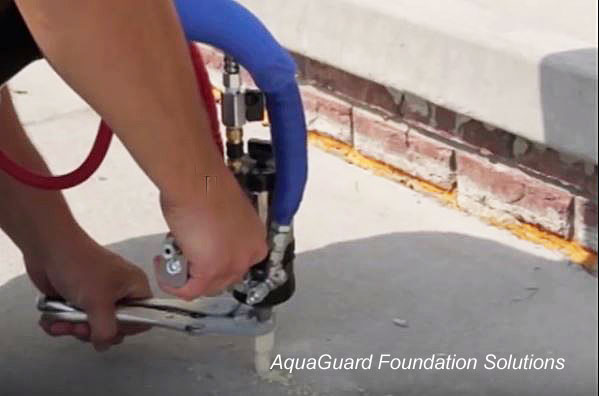
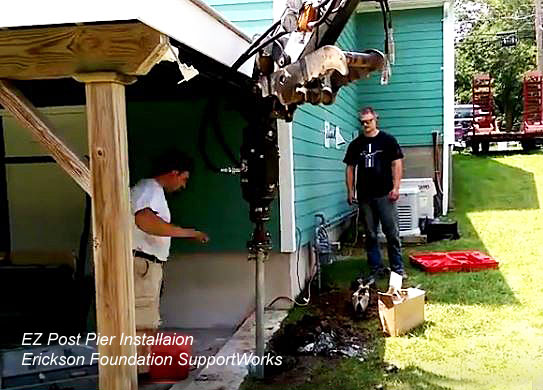
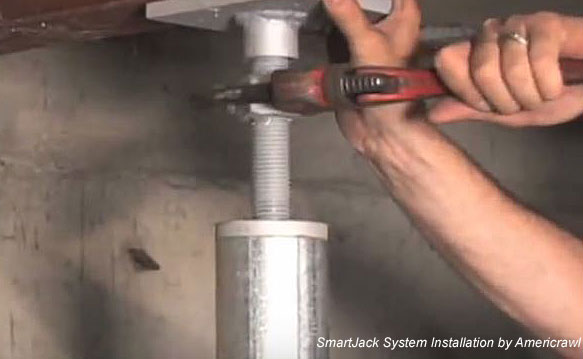
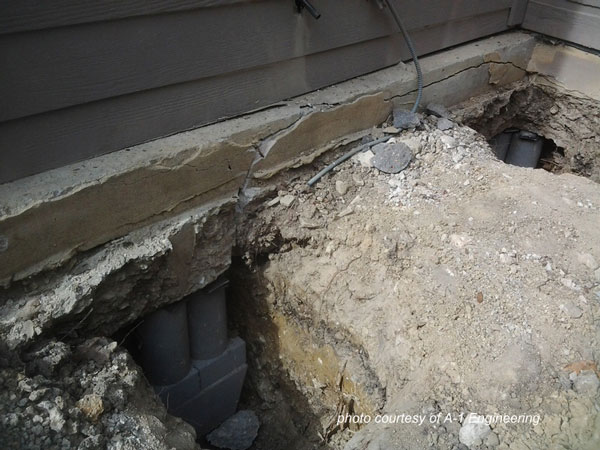
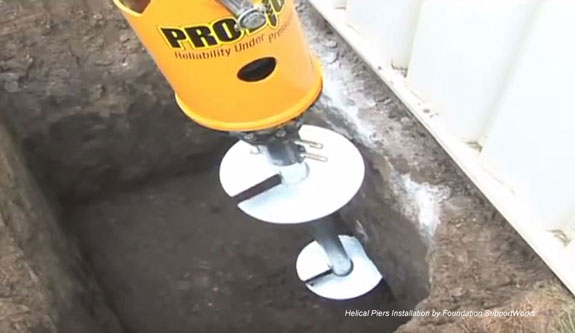
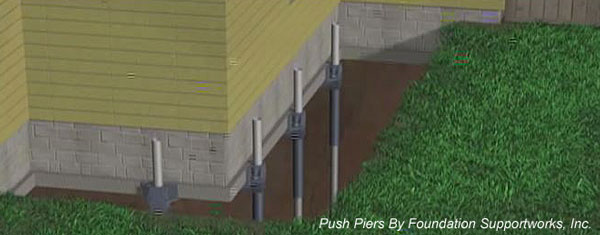
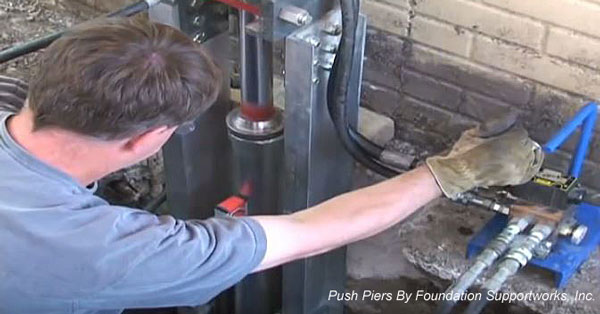
 Having porch or home foundation issues?
Having porch or home foundation issues?
